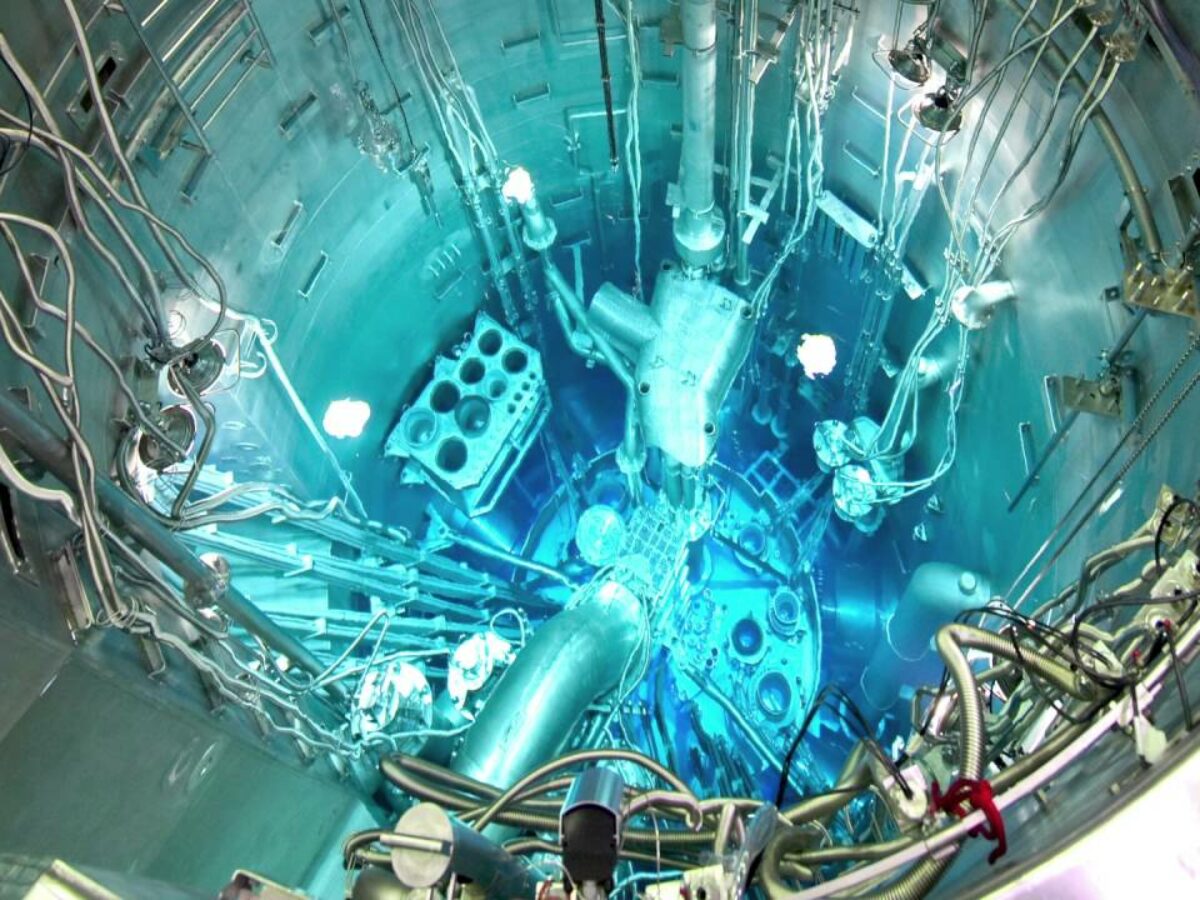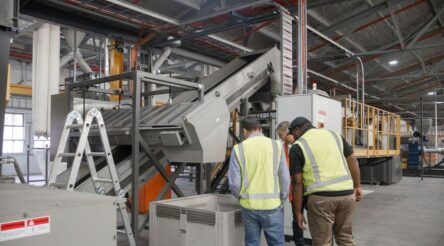Nuclear prices itself out of the future

Comment by Peter Roberts
I was at lunch the other day and out came the familiar theme – Australia should go nuclear to de-carbonise the economy.
Well, a just-released report from the NSW Parliament’s State Development Committee should put an end to such talk – it is just too expensive and problematic.
The report, detailed in Channel 9 media, found the cost of the two reactors being built in the US is now thought to be between $20.4 billion and $22.6 billion for each reactor.
In the UK the cost of two reactors being build has jumped seven-fold to $25.9 billion each.
And those being built in France and Finland are now costed at upwards of $17.7 billion each.
Cost over-runs and delays mean that big nuclear power plants are only going to be built where there are massive government subsidies.
And this is even before factoring in the cost of the odd Fukushima or Chernobyl.
This morning on social media the pro-nuclear trolls were out in force – people are living happily now at Chernobyl one said.
Well I vsisited Chernobyl 18 months ago and there is nothing normal about it.
Maintaining the remains of the reactors at Chernobyl consumes 10 per cent of Ukraine’s admittedly modest GDP, and the long term effects of radiation continue to be felt.
This is why nuclear proponents now talk about snazzy new small reactors which are going to be the next big thing.
The same story is unfolding in small reactor construction as large – cost over-runs, very few small reactors actually under construction, and the need for massive, yes there’s that word again, government subsidies.
We already know what the answer to our carbon crisis is – renewables. Wind and solar plus storage is already cheaper and getting cheaper every day.
The future is not nuclear.
Picture: ANSTO/Australia’s research reactor
Subscribe to our free @AuManufacturing newsletter here.
@aumanufacturing Sections
Analysis and Commentary Awards Defence Manufacturing News Podcast Technology Videos










